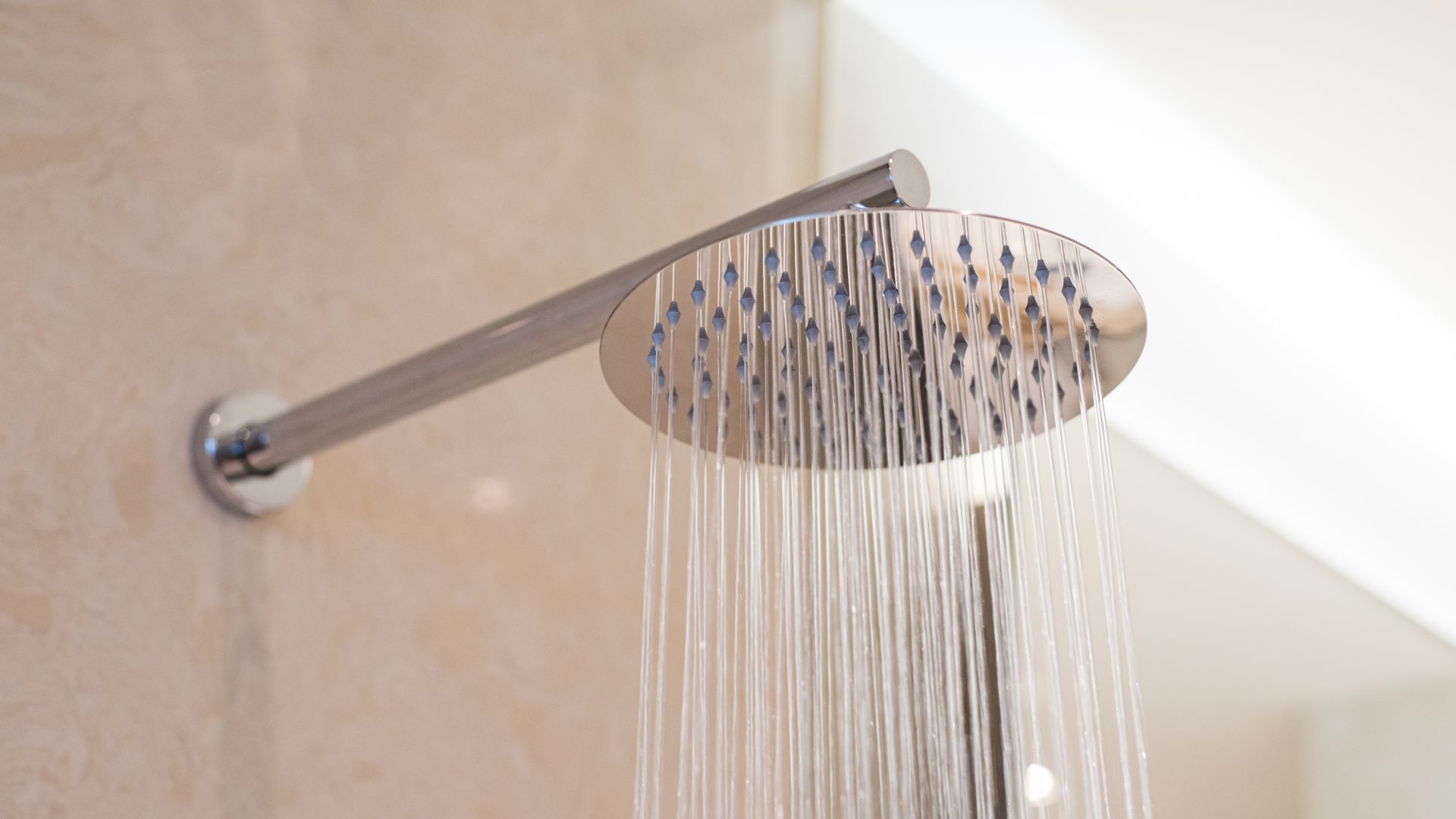How To Choose a Tankless Water Heater
Products that deliver on all of the consistency and self-maintenance that homeowners expect from tankless water heaters are in high demand. This has created a highly competitive and innovative market for inventors who can optimize and improve upon the features of a tankless water heating system. As the consumer, this trend is going to give you some options. Options are good! But between gas vs. electric, Condensing vs. Non-Condensing, and standard vs. hybrid, you may feel overwhelmed. How do you know which water heater is the right one for your home?
We’ve created a brief, preliminary guide to what you should expect from a tankless water heater. Our professionals can make recommendations that are specific to you and the size of your home and budget, but this list will set you in the right direction. When it comes to choosing a tankless water heater, there are three pieces of information to pay close attention to: fuel type; size, location, and demand; application. Here’s how it gets broken down.
Tankless Fuel Types
- Gas-Fired Tankless Water Heaters– Gas-fired tankless water heaters are a good choice for locations where natural gas or propane are in cheap supply. However, you’ll need to examine your gas line to see if it meets the requirements of your new gas-fired tankless heater; these needs may exceed those of your current tank-style water heater. Gas-fired water heaters also mean you’ll need to install a vent if you perform an interior installation.
- Electric tankless heaters: For electric tankless heaters, you have to consider the voltage, amperage, and circuit breaker. Voltages range from 110V to 277V, so ensure your home’s voltage is appropriate. When it comes to amperage, you need to ensure your home can support the tankless heater’s electricity demands. And, lastly, make sure you have space on your circuit or circuits to support your tankless heater – it may come down to putting the heater on its own circuit.
Tankless Size, Location, and Demand
How do these three descriptors apply to tankless water heating and to each other? By tankless size, we mean the literal size of the system, which will affect installation costs and savings. By location, we mean where the water heater can connect; there are limited locations in your home that can supply sufficient gas or electricity to your water heater. Finally, there’s demand, by which we mean the amount of pressure required by the tankless water heater for the faucet, shower, or appliances it needs to cover. These are all factors that our professionals can explain to you in our up-front estimates. The size, location, and demand are part of the logistics of your tankless system, which must be appropriately adjusted to suit the layout and operation of your home.
Tankless Water Heater Applications
And finally, the third item for consideration is the application, or use, of each tankless water heater you install (should you require more than one). There are point-of-use water heaters for single or multiple points in a single room, thermostatic heaters used to keep water hot over long distances, or whole-home systems. Whatever your needs are, Feehan Plumbing & Heating can anticipate and meet them for your home. Contact us about tankless water heating installation today!
